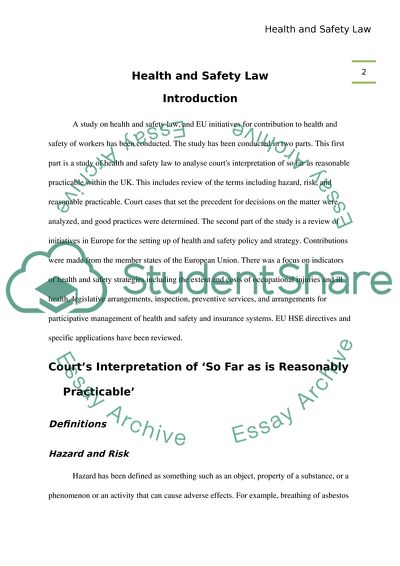Cite this document
(“EU Initiatives for Contribution to Health and Safety of Workers Coursework”, n.d.)
EU Initiatives for Contribution to Health and Safety of Workers Coursework. Retrieved from https://studentshare.org/law/1733177-health-and-safety-law
EU Initiatives for Contribution to Health and Safety of Workers Coursework. Retrieved from https://studentshare.org/law/1733177-health-and-safety-law
(EU Initiatives for Contribution to Health and Safety of Workers Coursework)
EU Initiatives for Contribution to Health and Safety of Workers Coursework. https://studentshare.org/law/1733177-health-and-safety-law.
EU Initiatives for Contribution to Health and Safety of Workers Coursework. https://studentshare.org/law/1733177-health-and-safety-law.
“EU Initiatives for Contribution to Health and Safety of Workers Coursework”, n.d. https://studentshare.org/law/1733177-health-and-safety-law.


